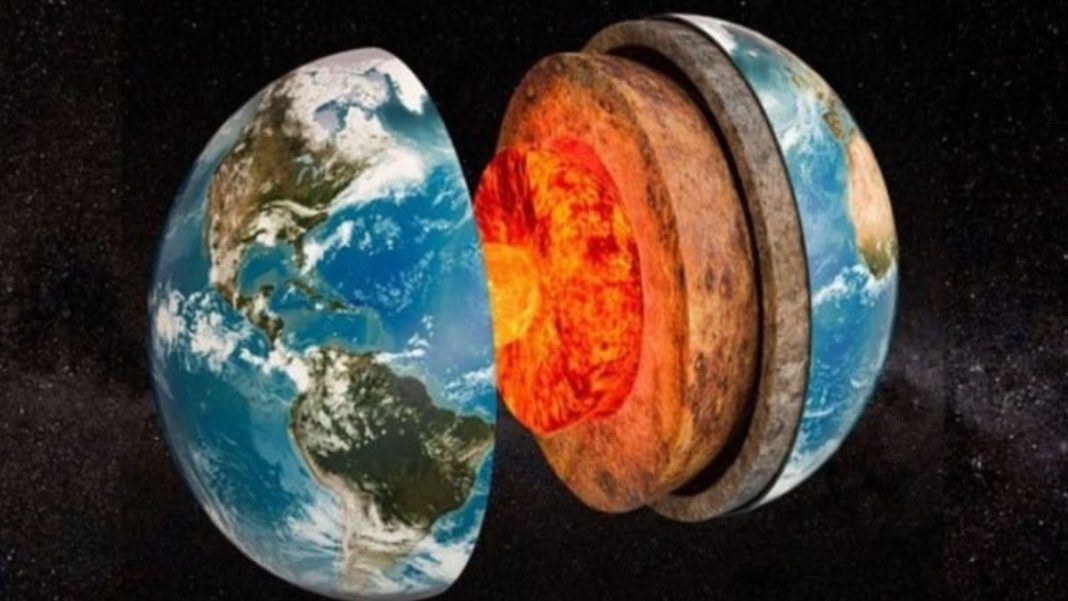UNITED STATES: A new layer has been discovered within the Earth’s interior by a team of researchers at the University of Alabama. The layer, which is likely a sunken ocean floor previously seen only in isolated patches, was found between the core and the mantle and is believed to cover the core-mantle boundary (CMB) beneath the surface.
The discovery is shedding new light on the structure of our planet and adding to our understanding of the Earth’s inner workings.
The findings were published in the journal Science Advances, and the team used a seismic network deployed during four trips to Antarctica to collect data over three years.
By analysing seismic waves generated by earthquakes around the world, the researchers were able to create a detailed image of the Earth’s interior.
In the lower mantle, small-scale heterogeneities that are dispersed globally have reportedly been discovered in prior seismic wave scattering experiments.
Less than 20% of the CMB has been examined for the presence of these ultralow velocity zones, and the layer was found in a mostly unexplored region of the southern hemisphere.
The Earth’s structure is now believed to have five layers: the crust, mantle, outer core, inner core, and the newly discovered layer.
The rocky mantle meets the molten, metallic outer core roughly 2,000 miles below the surface, and the changes in physical properties across this boundary are greater than those between the solid rock on the surface and the air above it.
The recently discovered layer is believed to be a group of mountains that stretch from less than three miles to more than 25 miles high at the core-mantle border.
The material can be anywhere between a few kilometres and tens of kilometres thick. Analysis of the area might show how this layer affects heat escaping from the core, which drives the planet’s magnetic field.
“Seismic investigations, such as ours, provide the highest resolution imaging of the interior structure of our planet, and we are finding that this structure is vastly more complicated than previously thought,” said Dr. Samantha Hansen, the paper’s lead author.
The discovery, in the opinion of the researchers, will help us learn more about the geology and magnetic field of the planet.
In conclusion, the discovery of a new layer within the Earth’s interior is a significant development in our understanding of the planet’s structure.
The research is providing new insights into the complexity of the earth’s inner workings, and further studies on this new layer could yield even more information on the earth’s history and the processes that have shaped it.
Also Read: NASA Discovers Rapidly Moving Supermassive Black Hole Triggering Star Formation



